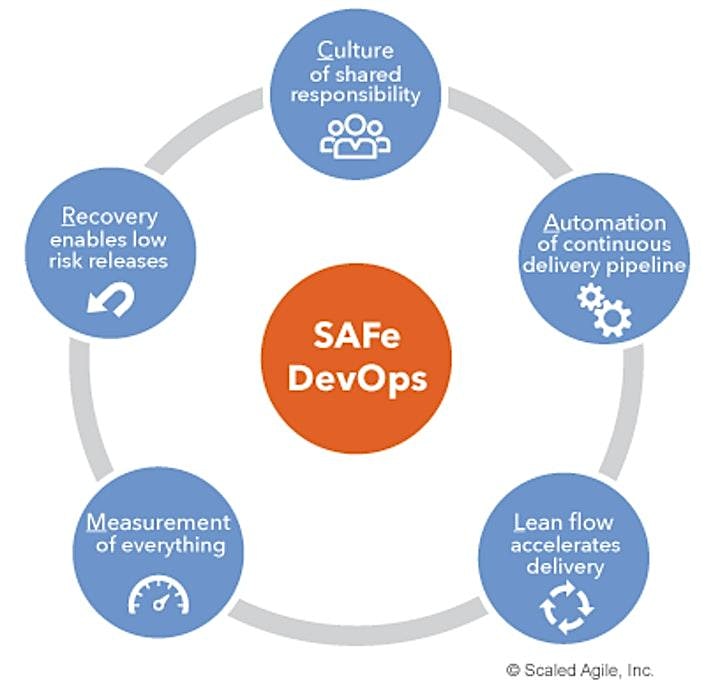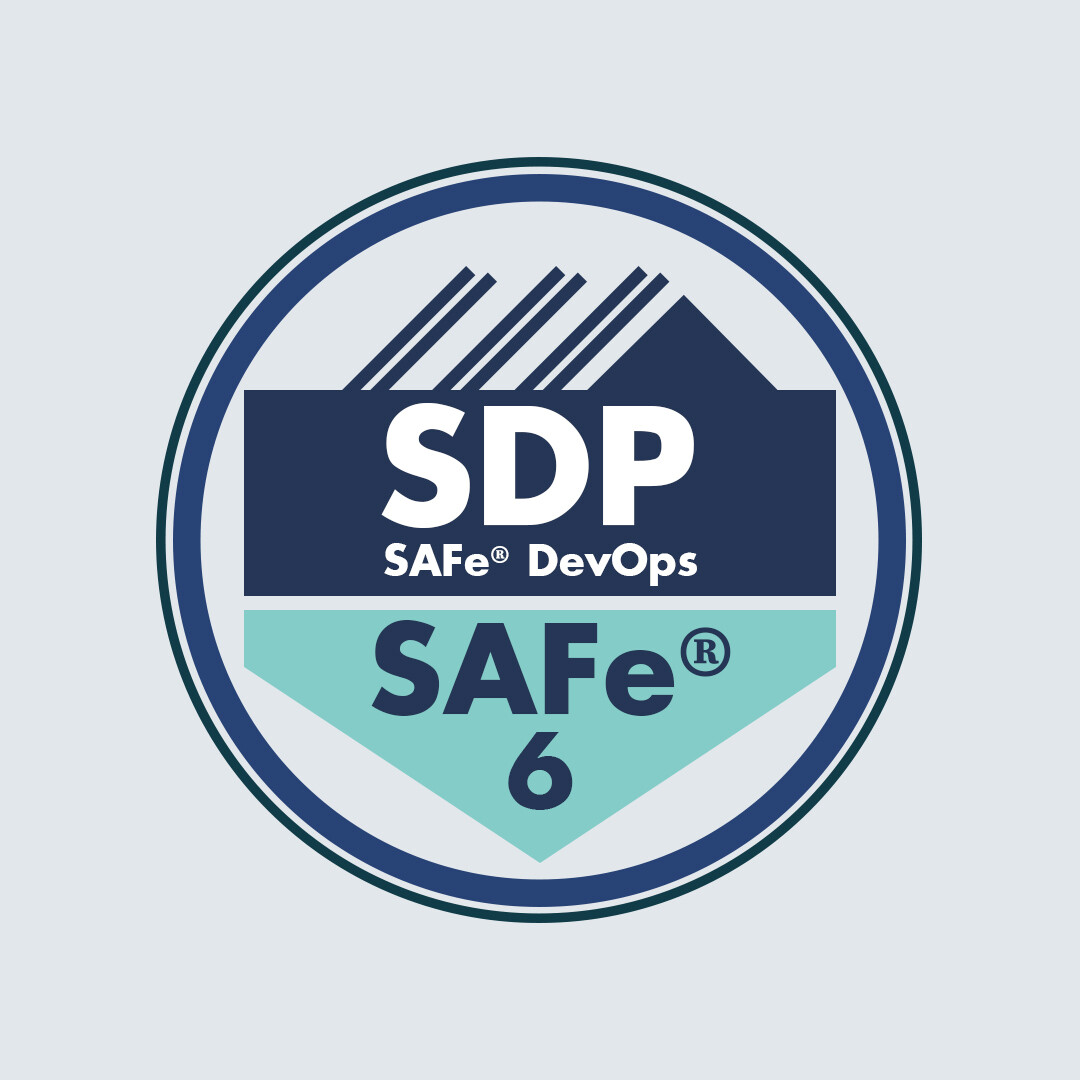Unlock the Prospective of Leading SAFe to Transform Your Organization
Wiki Article
Master Agile Practices Via Comprehensive SAFe Accreditation
In an increasingly intricate organization landscape, grasping Dexterous techniques via comprehensive SAFe certification has actually become an important proficiency for experts aiming to boost organizational performance. This qualification not just offers a deep understanding of the SAFe framework however additionally grows vital abilities for fostering partnership and placement among teams. As companies look for to navigate the obstacles of quick change, the implementation of SAFe concepts offers a pathway to improved outcomes. However, the journey to certification entails even more than just theoretical expertise; it requires a critical strategy to application that can substantially impact company dexterity. What does this require?Recognizing SAFe Framework
The SAFe (Scaled Agile Framework) structure works as an organized technique for applying Dexterous methods at scale throughout big companies. It supplies a thorough approach that straightens the numerous levels of a company, from team to profile, ensuring that all components function cohesively towards typical goals. SAFe integrates principles from Agile, Lean, and product development flow, providing a well-defined collection of responsibilities, methods, and functions.At its core, the SAFe structure makes up four degrees: Group, Program, Big Solution, and Profile. Each level addresses specific elements of Dexterous delivery, from taking care of little groups of designers to managing numerous programs and lining up tactical campaigns with business purposes.
SAFe motivates partnership amongst cross-functional teams, promoting an environment where constant improvement and technology are critical. SAFe For Architects. By emphasizing positioning, transparency, and integrated top quality, the framework equips companies to respond quickly to market adjustments while delivering value to clients
Moreover, SAFe supports numerous methodologies, such as Scrum and Kanban, permitting organizations to customize their strategy according to particular job needs. This versatility makes SAFe a robust framework for organizations aiming to flourish in a swiftly developing service landscape.

Benefits of SAFe Qualification
Regularly searched for in the Agile neighborhood, SAFe accreditation uses various benefits for professionals and companies alike. Among the primary benefits is the improvement of skills and expertise in executing the Scaled Agile Structure (SAFe), which outfits individuals with the tools required to drive effective Agile improvements. This accreditation indicates a commitment to professional growth, making candidates more competitive in the task market.For companies, having certified experts fosters a society of constant improvement and collaboration, important for adapting to changing market needs. It allows teams to straighten their collaborate with tactical objectives, eventually improving performance and effectiveness. Companies with a higher percentage of SAFe-certified staff members usually experience decreased time-to-market and raised top quality of deliverables.
Additionally, SAFe qualification facilitates networking chances with various other Agile specialists, allowing the exchange of ideal experiences and techniques (Leading SAFe). This joint network can dramatically contribute to personal and business growth. In recap, obtaining SAFe certification not just improves specific abilities but also strengthens the total Agile maturation of a company, leading to lasting success in today's vibrant service environment
Trick Parts of SAFe
Building on the advantages of SAFe qualification, comprehending the vital components of the Scaled Agile Structure is essential for effectively applying its concepts. The SAFe structure makes up 4 main degrees: Group, Program, Large Remedy, and Portfolio. Each degree addresses various facets of dexterous methods, helping with alignment and delivery across the organization.At the Team level, cross-functional teams work collaboratively utilizing Dexterous approaches, such as Scrum or Kanban, to deliver step-by-step worth (SAFe DevOps certification). The Program level concentrates on the Agile Launch Train (ART), which is a long-lived team of Agile groups that plans, devotes, and performs with each other. The Big Service level addresses site web intricate solutions that require numerous ARTs to operate in performance, guaranteeing control and integration

Preparing for SAFe Certification
Preparing for SAFe certification needs a tactical strategy to guarantee a detailed understanding of the framework. Acquaint yourself with the core navigate to this website concepts and worths of the Scaled Agile Structure (SAFe) Testimonial sources given on the Scaled Agile website, including the SAFe structure documents, case researches, and whitepapers, to construct a solid foundation.Additionally, practice with example test concerns to acquaint on your own with the layout and types of inquiries you may encounter. Signing up with research study teams or discussion forums can help with knowledge exchange and provide assistance from fellow candidates.
Applying SAFe in Organizations
Applying the Scaled Agile Framework (SAFe) within organizations necessitates a structured strategy that aligns groups and processes towards a common objective. The effective application of SAFe begins with establishing a clear understanding of its principles, including transparency, placement, and collaboration. Organizations has to initially evaluate their existing procedures and recognize areas for renovation, ensuring they are all set for the social shift that SAFe entails.Following, management commitment is important. Management has to proactively support the shift by promoting a culture of constant discovering and adaptability. Training and certification for teams aid equip participants with the necessary abilities and expertise to run properly within the SAFe structure. This includes developing Agile Launch Trains (ARTs), which serve as the backbone for supplying worth across the organization.
Routine preparation sessions, such as Program Increment (PI) planning, ought to be carried out to synchronize groups visit this site and prioritize work. In addition, leveraging metrics to gauge progression and performance is important for recurring renovation. By continually using SAFe concepts and methods, organizations can achieve better dexterity, boost collaboration, and ultimately drive better organization results. Embracing this framework placements companies to respond promptly to market adjustments and client requirements.
Final Thought
Finally, mastering Active methods with comprehensive SAFe certification significantly enhances specialist capacities and adds to business effectiveness. The understanding acquired from understanding the SAFe structure, together with its crucial components, improves and assists in successful transformations partnership among groups. Getting this qualification settings individuals favorably in a competitive task market, highlighting the importance of continual improvement and positioning within companies. Accepting SAFe ultimately brings about raised efficiency and greater top quality deliverables.
The SAFe (Scaled Agile Framework) structure offers as a structured technique for applying Active practices at scale across huge companies. One of the key advantages is the enhancement of abilities and expertise in executing the Scaled Agile Structure (SAFe), which equips individuals with the tools required to drive successful Agile changes. In recap, getting SAFe accreditation not just boosts specific abilities but additionally strengthens the general Agile maturation of an organization, leading to sustainable success in today's dynamic service atmosphere.
Building on the advantages of SAFe qualification, understanding the key components of the Scaled Agile Structure is crucial for successfully applying its principles.Implementing the Scaled Agile Structure (SAFe) within organizations requires an organized approach that aligns groups and procedures towards a typical goal.
Report this wiki page